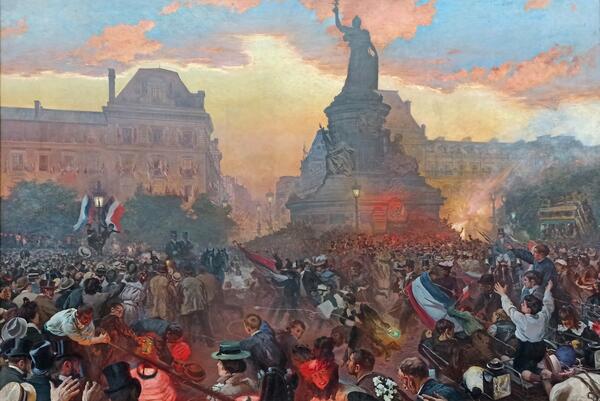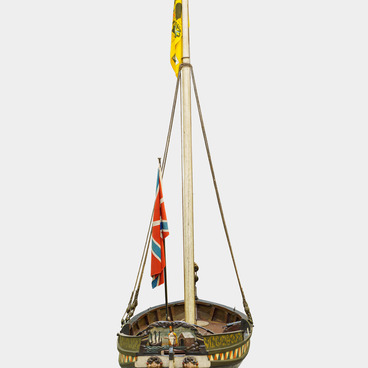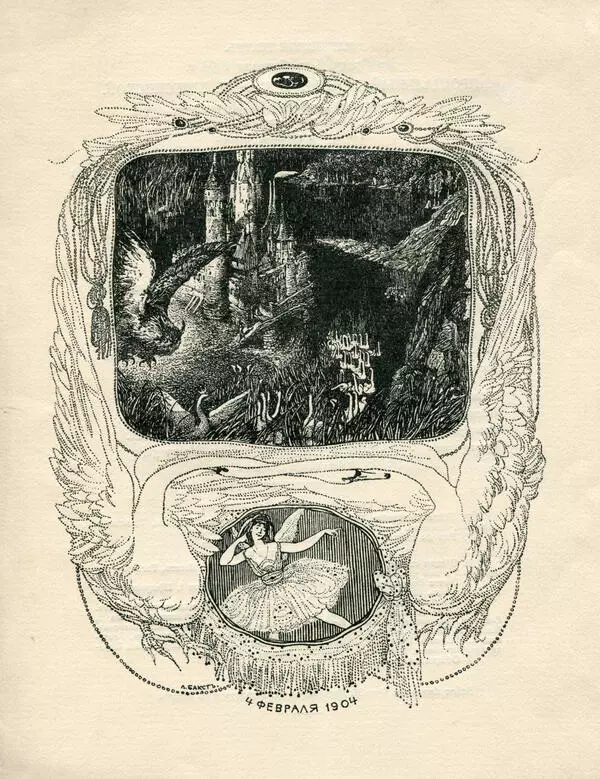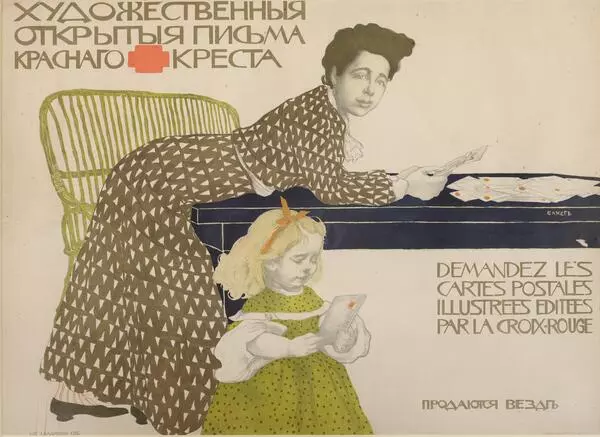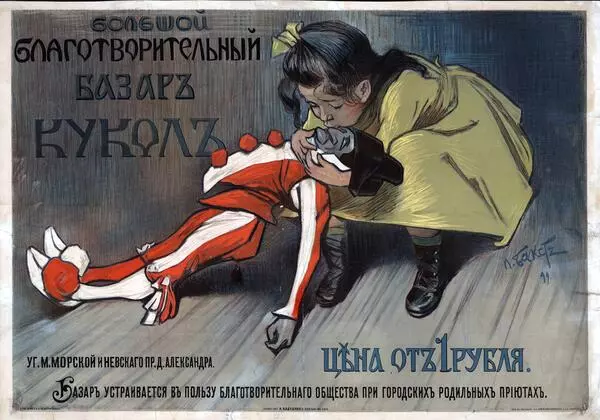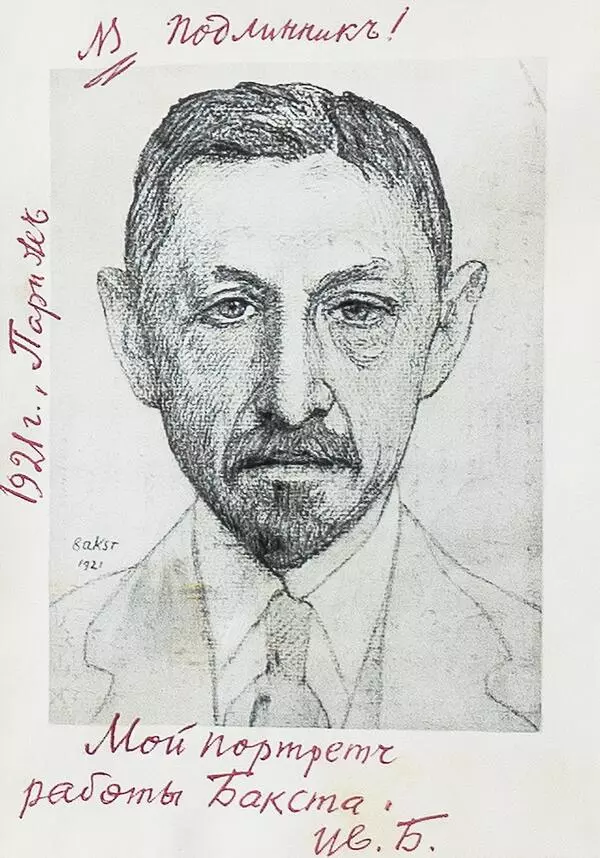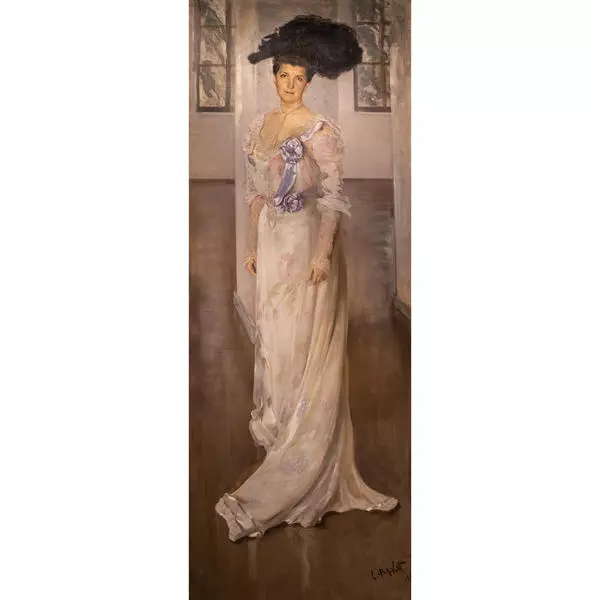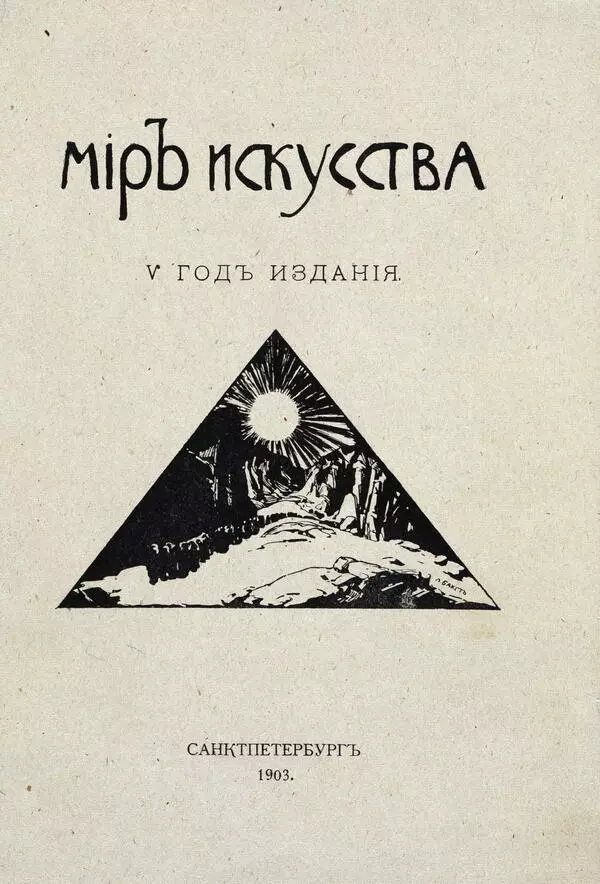After Alexander III became the Emperor of Russia, his foreign policy initially followed the tradition of developing friendly relations with Germany. However, Germany was also looking for other allies: in 1879, it formed a union with the Austro-Hungarian Empire, and in 1882, these two countries entered the Triple Alliance with Italy. In 1888, the belligerent Emperor Wilhelm II came to power in Germany, while Chancellor Otto von Bismarck who had maintained the friendship with Russia resigned. There was an obvious cooling of relations between the new German government and Alexander III.
The Russian Empire also experienced diplomatic tension in the Balkans where its only true ally was Montenegro. This was not enough to maintain balance in Europe and prevent the domination of the two German empires, which is why Alexander III pursued the policy of forming an alliance with France. The friendly relations with France began in 1891 and culminated in the signing of the secret Franco-Russian convention in December 1893 that finalized the longstanding Franco-Russian Alliance. After that, Russian warships were welcome in French ports and often paid a visit there.
In 1893, the Russian squadron visited Toulon, after a series of naval visits of the French squadron to Kronstadt in 1891. In October 1893, the sailors of the Russian squadron commanded by Rear Admiral Theodor Avellan were welcomed with a grand ceremony and festivities that lasted several days. The visit started with a meeting at Toulon and became an unprecedented demonstration of the newly formed alliance. After that, Russian sailors arrived in Paris. This episode was depicted by the artist Lev Bakst in his painting “Carnival in the Streets of Paris Celebrating the Arrival of Russian Sailors on October 5, 1893”.
The Parisian authorities presented the admiral with a silver model of the statue “The World on the Brink of a War” by Jules-Félix Coutan, 126 officers — with a bronze copy of the statue “Thought” by the sculptor Henri-Michel-Antoine Chapu, and each of the 2,332 sailors — with albums showing views of Paris. In return, Rear Admiral Avellan presented the Parisian administration with a silver model of a ship supported by four dolphins and decorated with the Russian coat of arms on the stern. The Franco-Russian military alliance remained the main direction of the two countries’ foreign policies in the period between 1891 and 1917.
The Russian Empire also experienced diplomatic tension in the Balkans where its only true ally was Montenegro. This was not enough to maintain balance in Europe and prevent the domination of the two German empires, which is why Alexander III pursued the policy of forming an alliance with France. The friendly relations with France began in 1891 and culminated in the signing of the secret Franco-Russian convention in December 1893 that finalized the longstanding Franco-Russian Alliance. After that, Russian warships were welcome in French ports and often paid a visit there.
In 1893, the Russian squadron visited Toulon, after a series of naval visits of the French squadron to Kronstadt in 1891. In October 1893, the sailors of the Russian squadron commanded by Rear Admiral Theodor Avellan were welcomed with a grand ceremony and festivities that lasted several days. The visit started with a meeting at Toulon and became an unprecedented demonstration of the newly formed alliance. After that, Russian sailors arrived in Paris. This episode was depicted by the artist Lev Bakst in his painting “Carnival in the Streets of Paris Celebrating the Arrival of Russian Sailors on October 5, 1893”.
The Parisian authorities presented the admiral with a silver model of the statue “The World on the Brink of a War” by Jules-Félix Coutan, 126 officers — with a bronze copy of the statue “Thought” by the sculptor Henri-Michel-Antoine Chapu, and each of the 2,332 sailors — with albums showing views of Paris. In return, Rear Admiral Avellan presented the Parisian administration with a silver model of a ship supported by four dolphins and decorated with the Russian coat of arms on the stern. The Franco-Russian military alliance remained the main direction of the two countries’ foreign policies in the period between 1891 and 1917.

